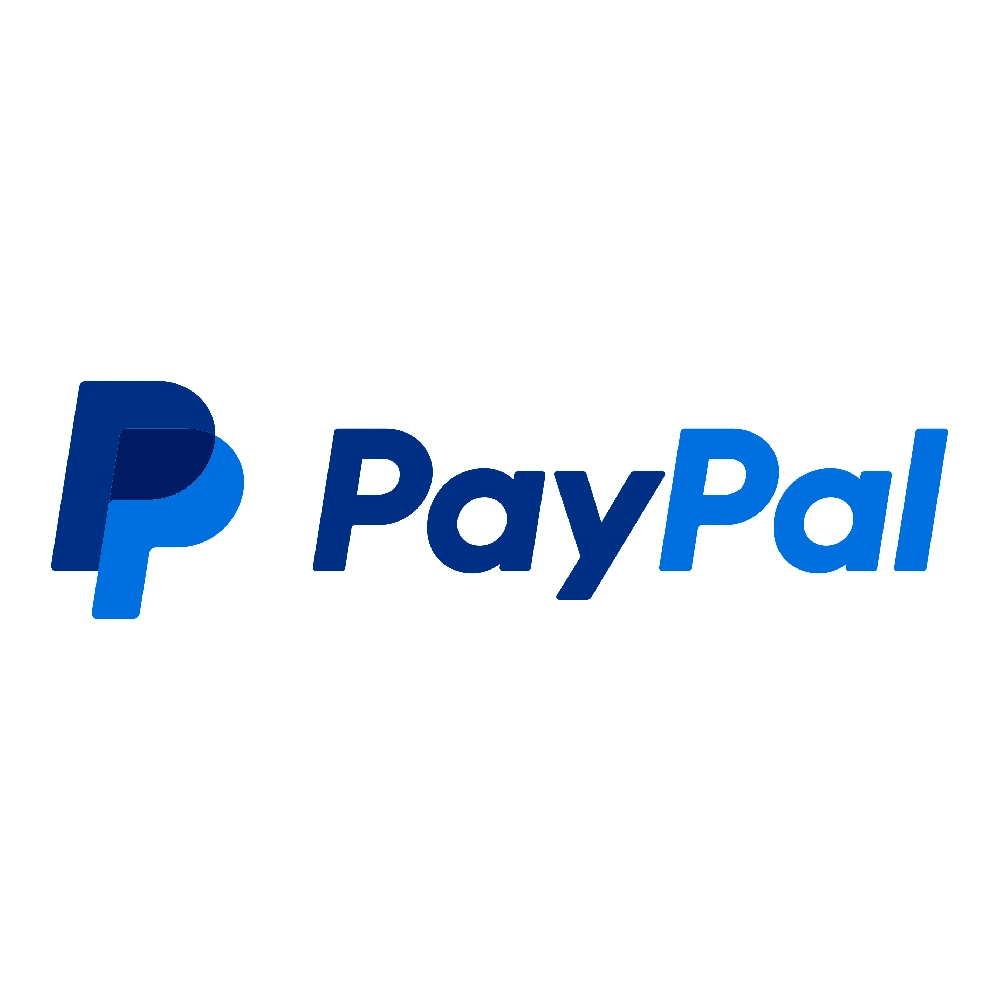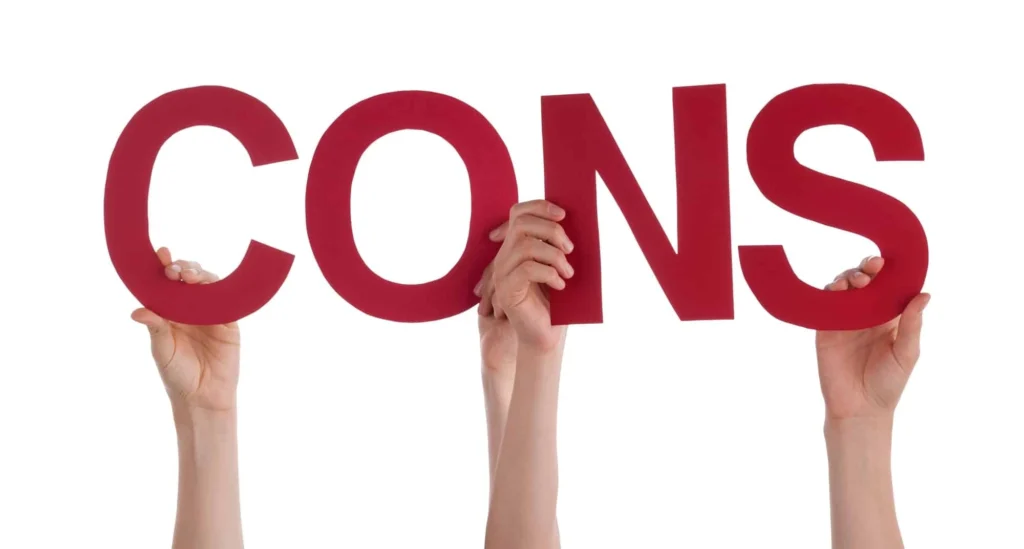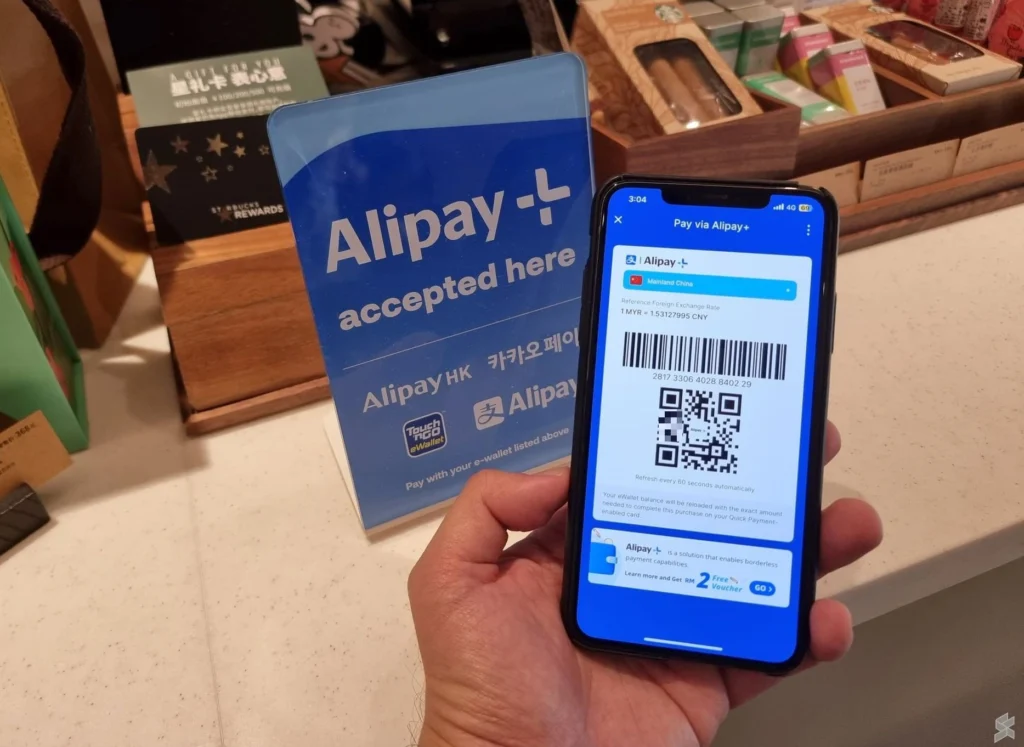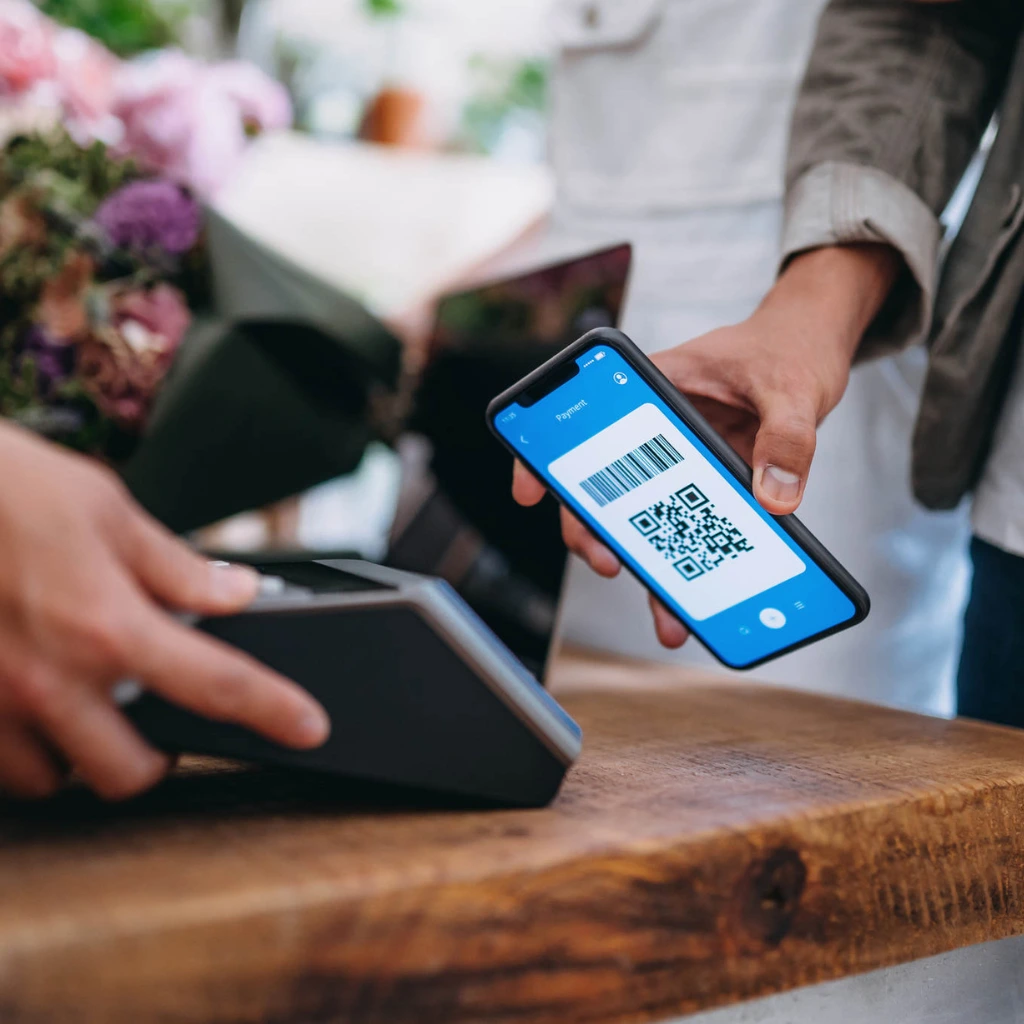Getting Started: What Are Bankless Payments?
If you’ve ever paid a friend through Venmo or used a prepaid card at the store, you’ve already dipped your toe into bankless payments—even if you didn’t know it.
Bankless payments simply mean moving money around without using a traditional bank. That’s it. No checking account. No debit card from your local branch. No standing in line at a bank to send a wire transfer.
It might sound unusual, but for millions of people around the world, it’s just normal life—and it’s getting easier by the day.
Why Would Someone Avoid a Bank?

There are lots of reasons people are looking for ways to manage their money without a bank:
- Fees and restrictions: Overdrafts, surprise charges, or high minimum balances can make banks feel more like a burden than a benefit.
- Lack of access: Some people don’t have the ID, credit history, or legal paperwork that banks require.
- Better options: With apps offering fast transfers, low fees, and worldwide access, many users simply prefer going bankless.
Even if you do have a bank account, you might still want to try these tools for convenience, backup, or budgeting.
Common Bankless Tools and How They Work


Here are some of the most popular tools for bankless payments—and how they work:
1. Mobile Wallets
Apps like Cash App, Venmo, and PayPal let you send or receive money using just your phone. You can link them to a prepaid card or load them with cash at certain stores.
2. Prepaid Debit Cards
These cards aren’t tied to a bank account. You load them with money and use them like any other debit card—great for budgeting or gifts.
3. Cryptocurrency Wallets
Digital wallets like MetaMask, Coinbase Wallet, or Trust Wallet let you store and spend crypto (like Bitcoin or USDT). Some even offer debit-style cards linked to your balance.
4. International Transfer Apps
Apps like Wise or Revolut let you send money internationally at better rates than many banks, without needing a traditional account.
5. QR Code Systems & Local Wallets
In many countries, people use local apps (like M-Pesa in Kenya or Alipay in China) to pay in stores with just a phone and a QR code.
Pros of Bankless Payments

Quick to set up – Most apps just need a phone number or email.
Low fees (or none) – Especially compared to traditional wire transfers.
Fast – Some transfers happen instantly.
Flexible – Works great for freelancers, travelers, or the unbanked.
Private – You control your money without handing over all your data to a big institution.
Cons to Consider

Security – If you lose your phone or your crypto wallet key, recovery might be difficult—or impossible.
Not always accepted – Some employers or landlords still require traditional banks for deposits.
Fees still exist – Some services sneak in transaction fees, exchange fees, or withdrawal limits.
Scams – Without strong protections, you’re more vulnerable to fraud if you’re not careful.
Tip: Stick to reputable apps, use two-factor authentication, and never share login info.
How to Try Bankless Payments (Step-by-Step)

New to all this? Here’s a simple way to get started:
- Pick one mobile wallet: Download Venmo, PayPal, or Cash App.
- Load it with a small amount: Link a prepaid card or load it at a retail partner (like Walgreens).
- Send a test payment: Try sending $5 to a friend or splitting a bill.
- Use it for a small purchase: Some wallets let you shop online or tap-to-pay in-store.
- Explore crypto options: If you’re curious, try buying $10 in a stablecoin like USDT on a trusted platform and send it to a wallet you control.
It’s okay to go slow. This is about getting comfortable—not ditching your bank overnight.
What’s Next? The Future of Bankless Payments

Bankless payments are gaining ground because they solve real problems—and they offer more freedom. As technology improves and more businesses accept alternative payment systems, we might see a future where banks are just one option, not the option.
In short, you don’t have to wait for a revolution. You can start exploring this new world of money today—on your own terms.
Relevent news: Here



